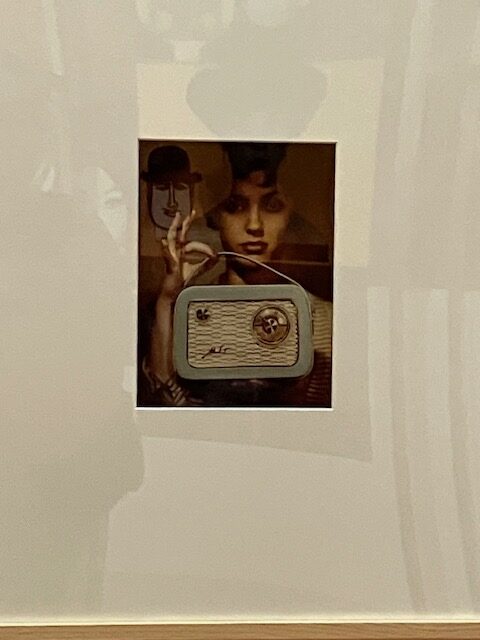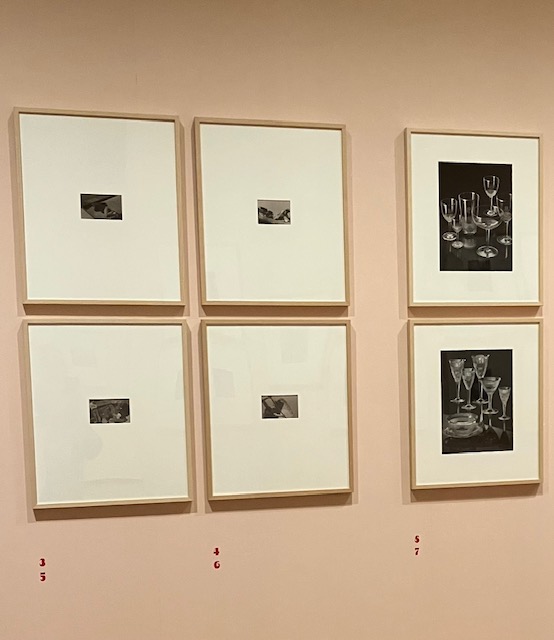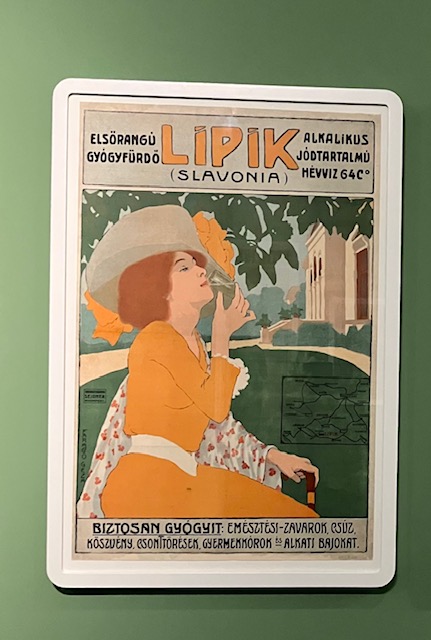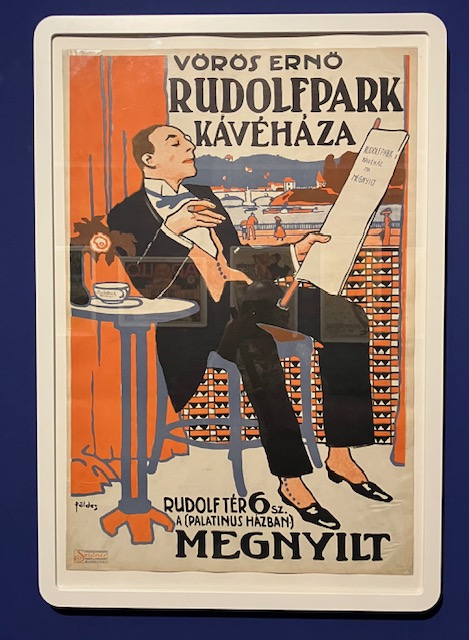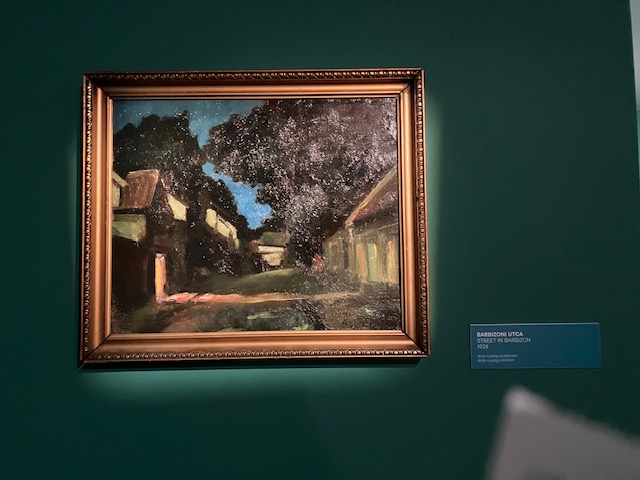I have to admit that I am becoming a bit of a fan of the Austro-Hungarian empire. And I am not talking politics. Having paid much less attention to this particular historical region of Europe than others, I realized the inevitable fairly early on while in Prague. I’d have to review history to understand the buildings and their historical context for this trip.
***
During one of my last days in Prague I had a mind to visit the Museum of Decorative Arts. The main displays weren’t quite what I was hoping to see. The interior of the building, though, looked like a mix between a festive birthday cake and a fantasy set for a First Communion celebration and it was around then that I started really warming to my subject of late 19th century Austro-Hungarian Empire buildings. You might as well go with the flow.
I had already attended a concert across the street at the Rudolfinum. It had been a spectacular experience. The acoustics were some of the best I have ever heard in my life. Kudos to the architect on that one. My advice would be that if you are ever in Prague, buy a ticket to hear a concert at the Rudolfinum which is, you guessed it, a highly exuberant building. I had to admire all the marble. The pillars are actual marble and not the wooden trompe d’oeil pillars of Northern Europe.
As I made my way down the “secession style” (again, quasi gothic and quasi Roman antiquity themes) staircase at the Decorative Arts Museum, I ducked into the last exhibition room where a selection of works by the Czech photographer Fred Kramer was displayed. Kramer had been a young man when WWII broke out. He was deported from his home in 1942 to what would become a sequence of stays in different concentration camps. He returned to Prague, weighing thirty eight kilos, and started working in commercial art.
The jump in material from the four small black and white photographs of men working in construction, taken in the mid 1930’s, and the presentation of drinking “goblets” from the late 1940’s was stark. The drinking glasses were the type and quality that would have been priced as a post war luxury that most “everyone” could afford. The photo was shot in black and white. The photo only presented the set of drinking glasses. I felt tears spring to my eyes.
Allow me to stop here and make it clear that I fully comprehend that a person who witnessed the murders of innocent people, been a target himself and returned “home” to a location lacking many family members, friends and neighbours is largely beyond my scope of experience. This unfortunate experience is, unhappily, still happening to many people world wide.
When someone tries to kill you, your psyche changes. It’s unavoidable. Looking at Fred Kramer’s photos I felt the penny drop. The abstraction of the object that was being promoted was remarkable. In most photos the object was not being actively used. It was presented because it existed and the presence of a person (usually a woman) was “almost” there. In most cases no background context to the person or the object in the photo was given.
These past four years I have struggled to accept that I will never be the same person. I often wondered if I would feel okay again, whether that hollow feeling of shock and horror would recede. Around May this year, I finally felt my energy return, that drive and stamina that I have depended on all my life to survive. The energy came back, but I don’t feel the same. And I have started to assess this turn of events and, in my case, it could be taken as a positive.
Looking back, there were many activities going on in my childhood home that were definitely not okay and I navigated them as best as possible throughout my life. Moving to Europe is the only reason why I am still alive. The signs that evil was always present, manipulating to be near to me or to “get a handle” on me, and this toxic energy was unceasingly active are obvious to me now. I can’t be that person that I used to be anymore because in retrospect I didn’t fully grasp the patterns of deceptive and insidious toxicity I was living with until, well, until when?
I thought four years ago when the abuser died that it was over. It wasn’t. The abuser continued to abuse by proxy, enlisting complete strangers to do her bidding and to make sure that I, as the daughter, would feel one hundred percent worthless. If she had to die because she was suffering terminal cancer, then everyone else also had to die. And she initiated this plan in 2015 with the recurrence of her cancer diagnosis. My father, entering a slow and steady decline in health, died suddenly in 2019. The abuser spent time and money to carefully carry her plans out. She was charming and clever. And very dangerous.
However, in my case, the suicide bomber plan of my abuser did not succeed. I was too far removed and, additionally, I vigorously fought these strangers back. I reached out, requested contact through mediators and then, having gotten no reply, I attacked and counter attacked and attacked again. These people (some would label them “flying monkeys”) thought that there would be no repercussions to actions that they most probably would never have applied to their own family members because at my mother’s death there was not a single family member present. They were very wrong.
“Why are you doing this?” my therapist asked me.
“Because otherwise I will pay the price later on. It could take ten years off my life.”
Or more.
With perplexity, I sense my brain has now shifted or “rotated” in a way that I can finally freely enjoy concepts that I earlier found challenging. Quite simply: because there are very few reasons left why not to enjoy them. What I used to be wary of because any known attachment and interest made me vulnerable, is no longer problematic. Even the safety labels, what is allowed and not allowed, that I often linked to material objects are gone.
Objects are just objects, and can be valuable or totally insignificant. They might serve a purpose. They can exist independent of humans. In many cases, these objects “out live” humans. Aside from material objects, humans can engage in all sorts of activities that rejoice and truly celebrate other humans. Or not. At the same time that the dissolving of past anxieties is taking place within me, I am aware that somewhere in that collection of listeners in the audience in the Rudolfinum, is a person who may be possibly engaging in murder. And I might even pass them in the foyer, I might even smile vaguely at them, I might exchange words with them, unaware of their dark thoughts. It’s not a pleasant realization and it’s reality. Whatever innocence floated me through all those past years is one hundred percent gone.
***
Standing in the National Gallery in Budapest, I examined the posters hanging on the walls in the temporary exhibition. The posters were Art Nouveau or Art Deco and designed to advertise products. I noted that for many of the posters, the faces were more of an impression than a detailed composition. I discovered that I very much enjoyed that aspect.
After the rise of social media platforms, back in the early 2000’s, I decided to try to find an image of an old flame. I didn’t possess a photo of him. I searched his name, a fairly common name, and examined the photos I found. For the life of me, I couldn’t recognize him in any of the people in the photos. It was quite confusing. I would stare at someone’s photo and try to see if I could discern any features that I might recall. I finally gave up.
Diagnosed with autism, I was later educated to understand that I don’t recall faces well. At times when I meet with friends or family, I am rather astonished when seeing their faces. I think, “I don’t remember her nose being like that, was it always like that?” I now understand that I will never recall the face of my old flame. It’s a bit bittersweet.
***
I noted a few tourists dodging around the floor plan at the National Gallery, trying to find the Monet. The Monet was not entirely superb, what was incredible was the collection of the 20th century Hungarian artists. But those visitors would not appreciate what they did not recognize.
Recently a friend of mine, who is a therapist, deliberately mentioned to me that survivors of narcissists typically believe that they might be autistic. It was a gentle challenge at the end of an evening. Inwardly I sighed. Yes, trauma and autism are very intertwined. However, the experts at the Dutch center for autism evaluation were pretty thorough with their assessment of me. I can confirm that I hit the jackpot.
***
Only a few more days in Budapest. I better get cracking and see the train stations, visit that wonder of an Art Deco church on Sunday (never mind that I won’t understand the Hungarian service), attend Un Ballo in Maschera at the opera (not so much interested in hearing another production of Un Ballo in Maschera but I defintely do want to see the theater and who knows? I might be pleasantly surprised like I was at La Traviata in Prague in the State Theater), and did I really want to visit the Gellert Spa? Yes and no, I want to see the building and the only way to do this is to literally take the plunge. I might enjoy the spa. It depends. Will it be noisy like the one in Aachen? I hope not. One thing is for certain, I am meeting up with my American cousins who are on a Rick Steves trip to take a guided tour of the Liszt Academy and share dinner together. It’s my social event of the week and I am looking forward to reconnecting with them.
On a final note, of the two cities, Prague and Budapest, I must admit I have been more impressed with Budapest. It has that urban grit going on that appeals to me. I would gladly spend another week here.
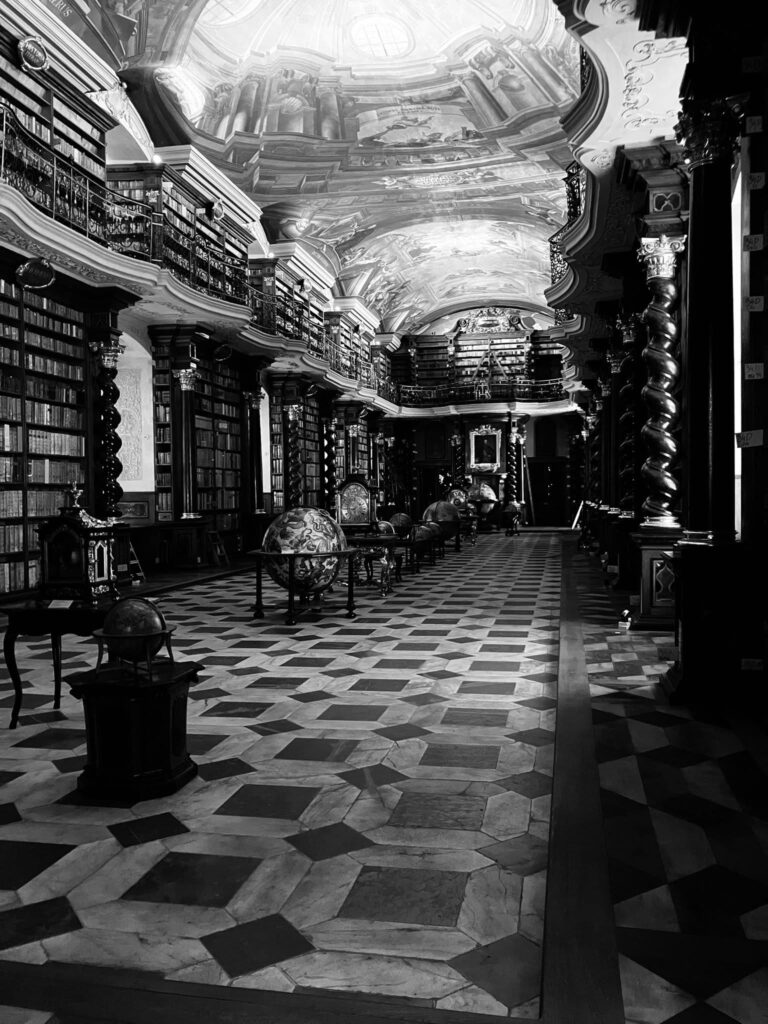
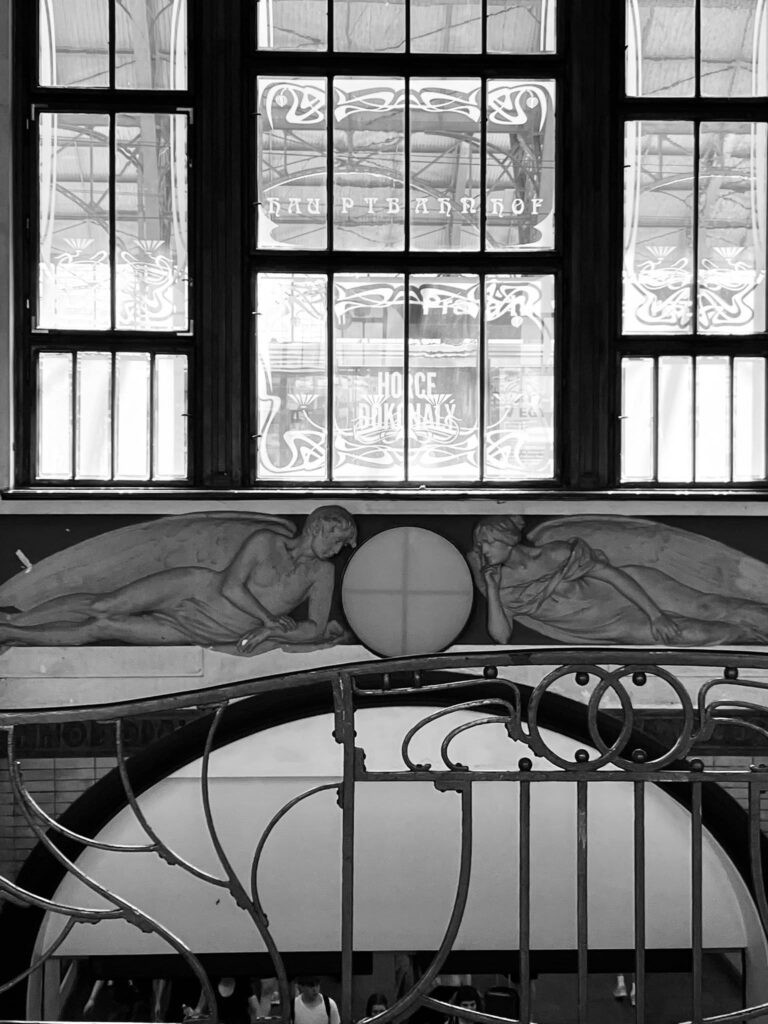
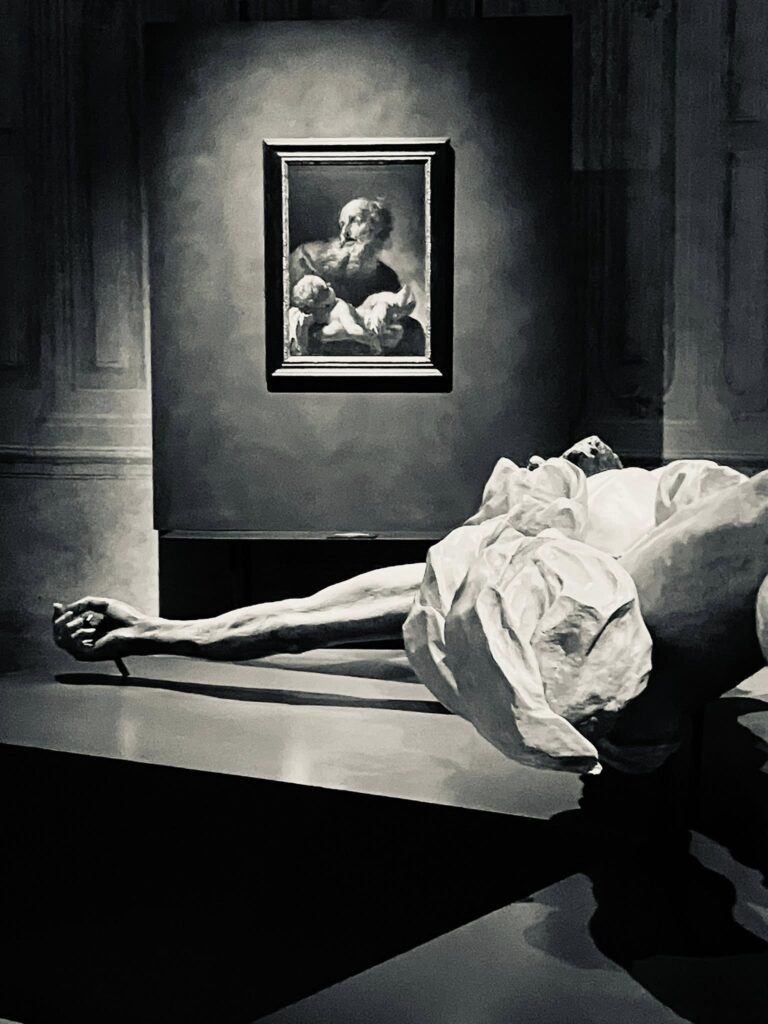
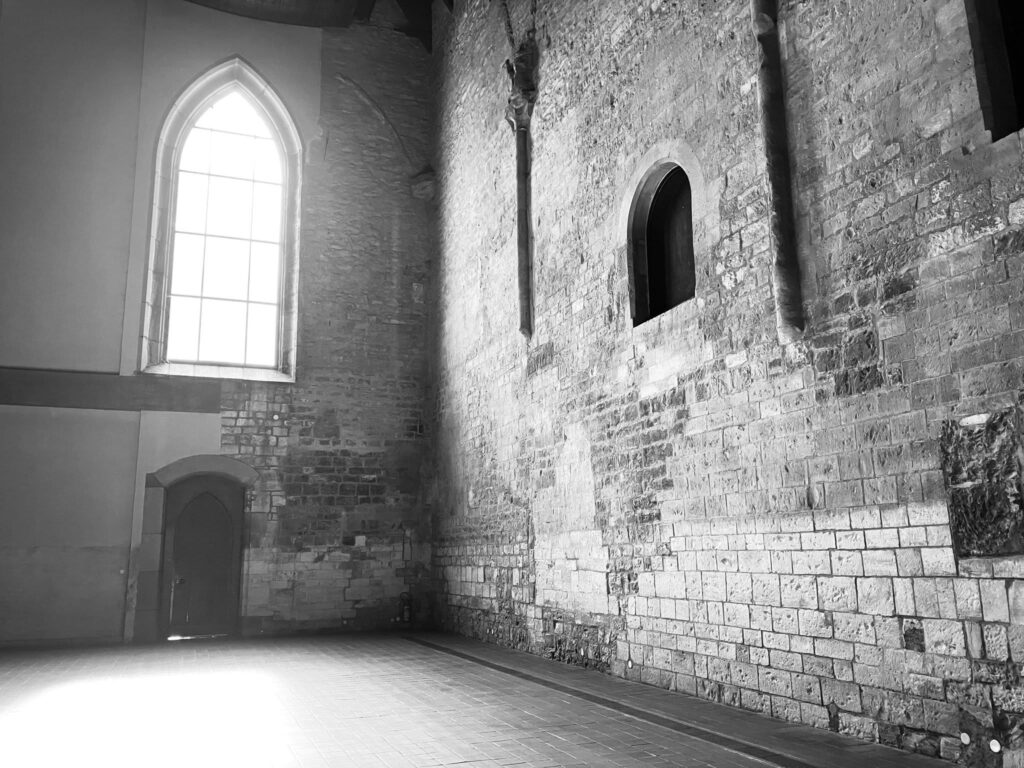

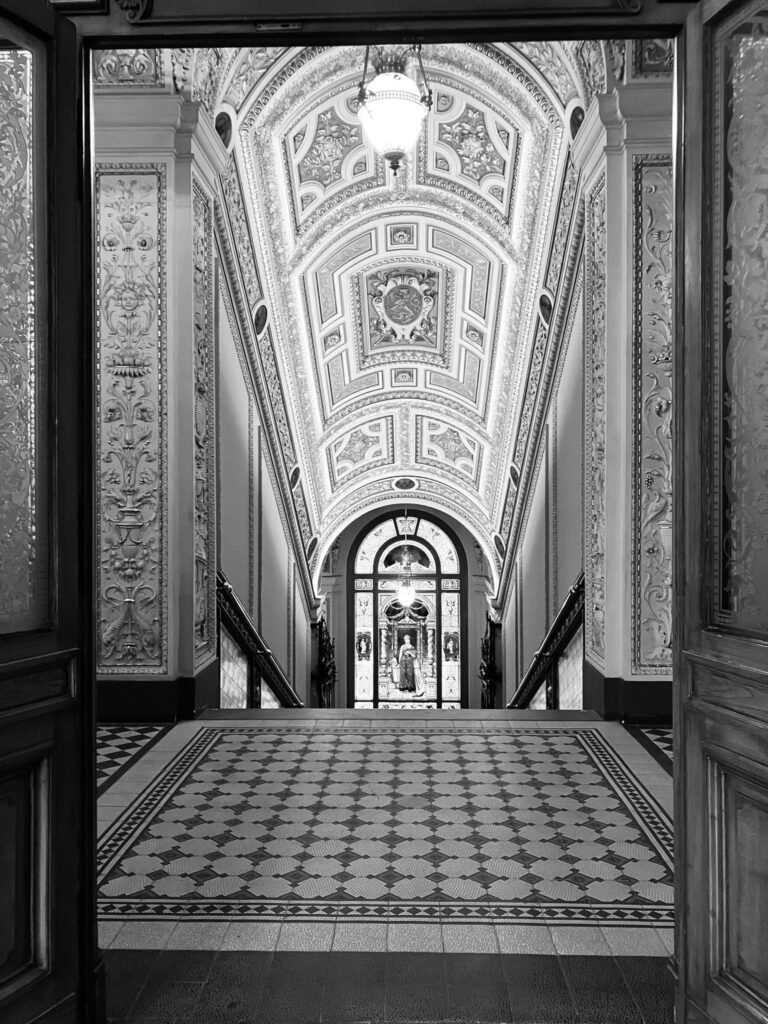
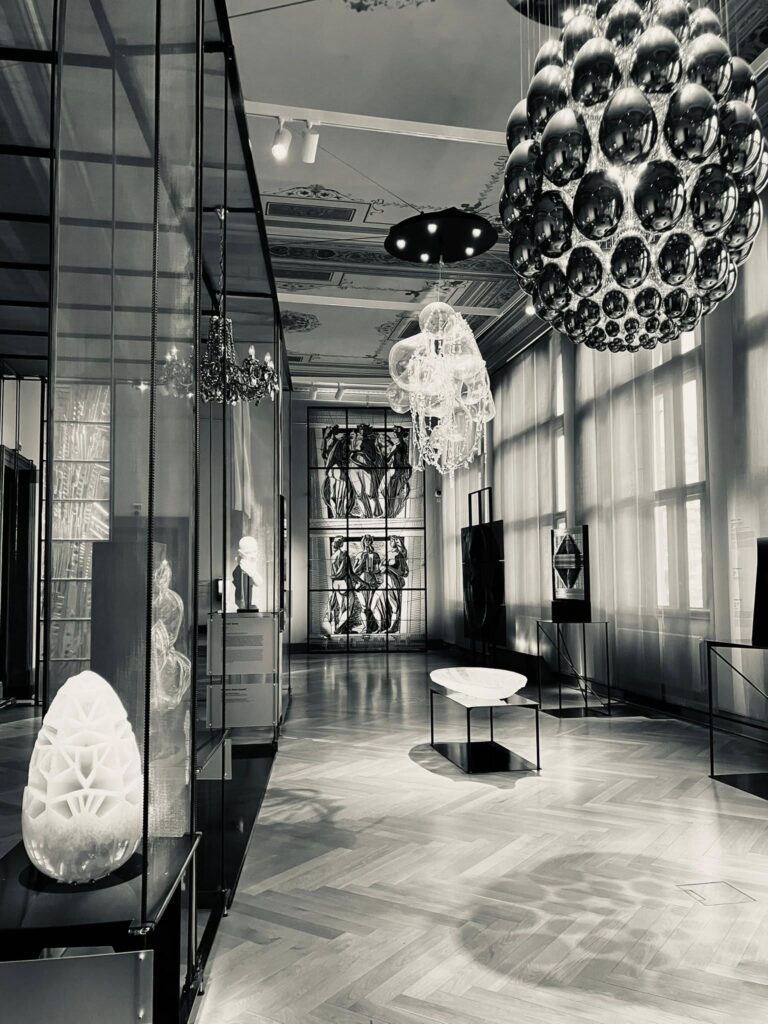
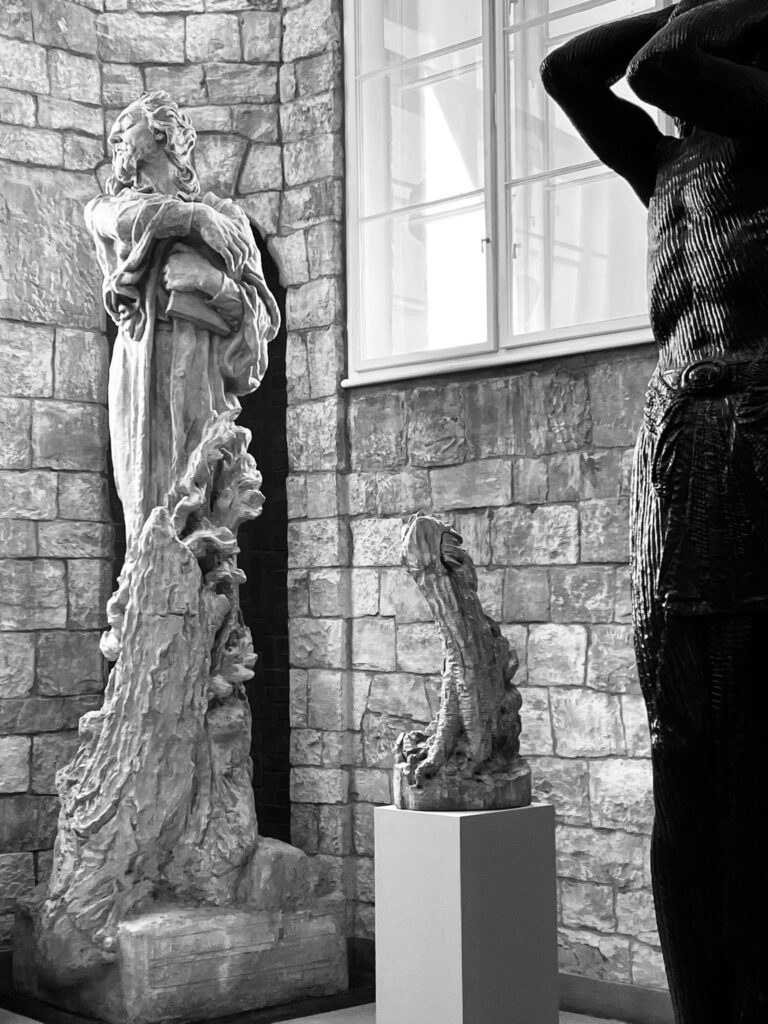
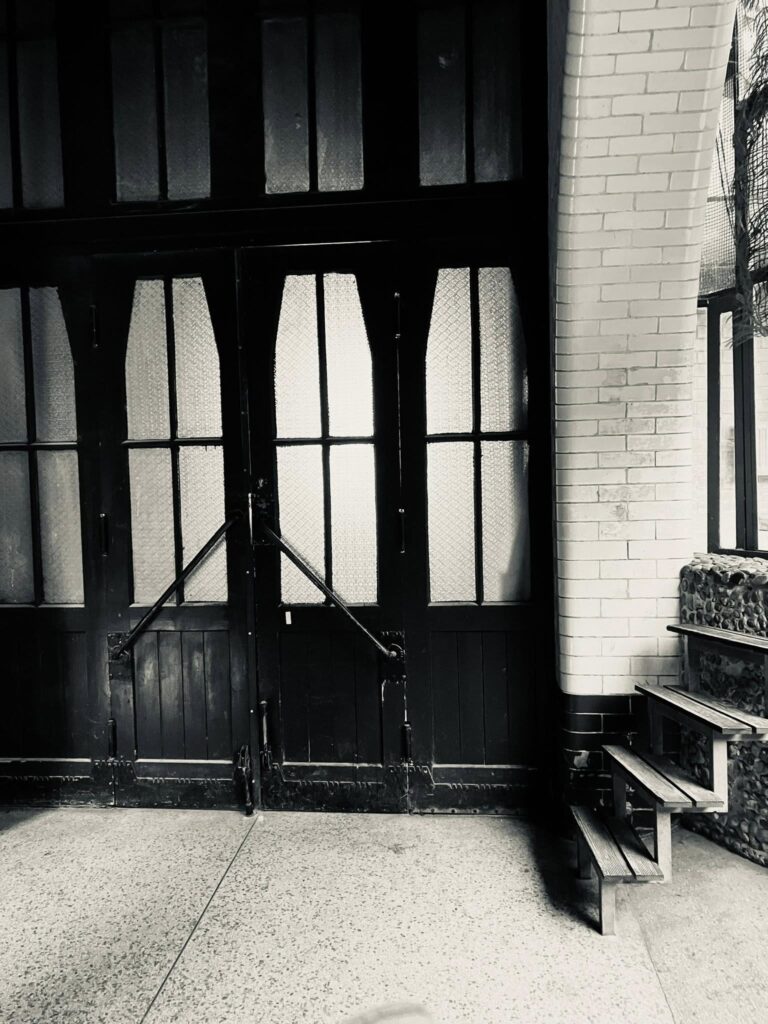
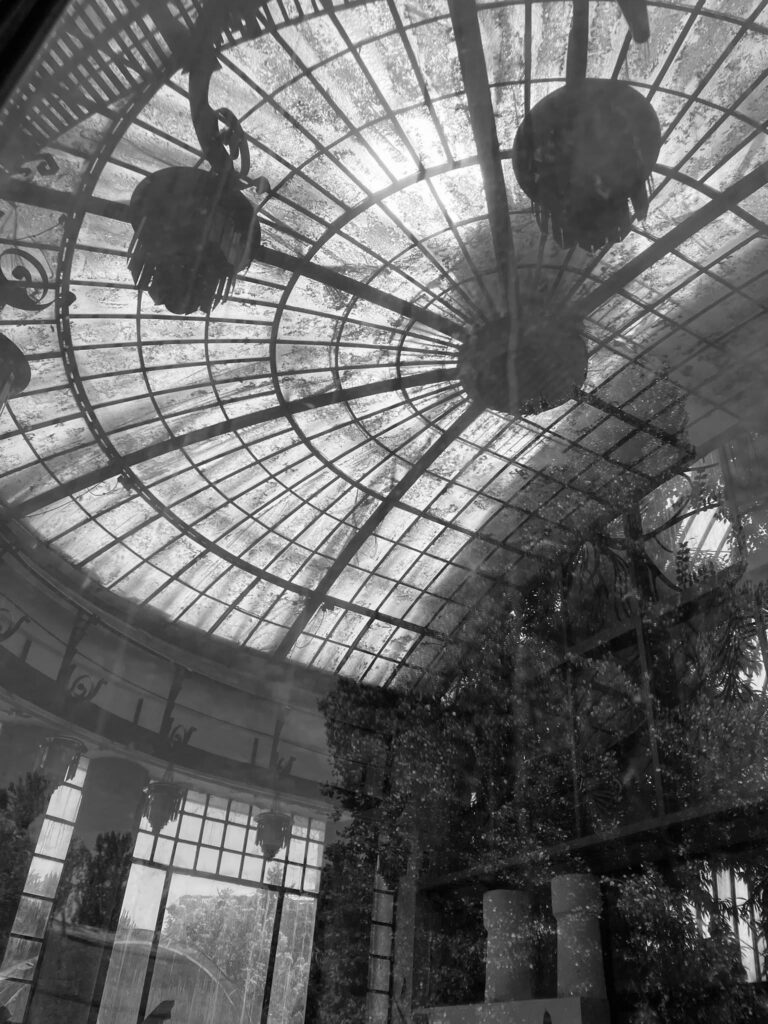


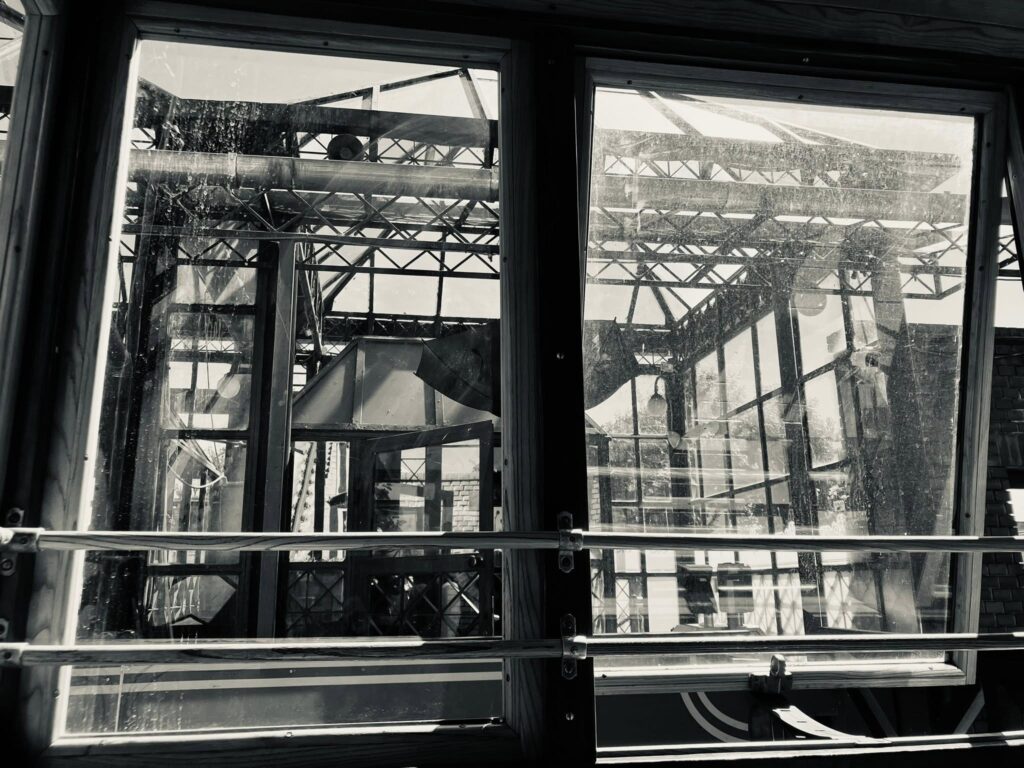
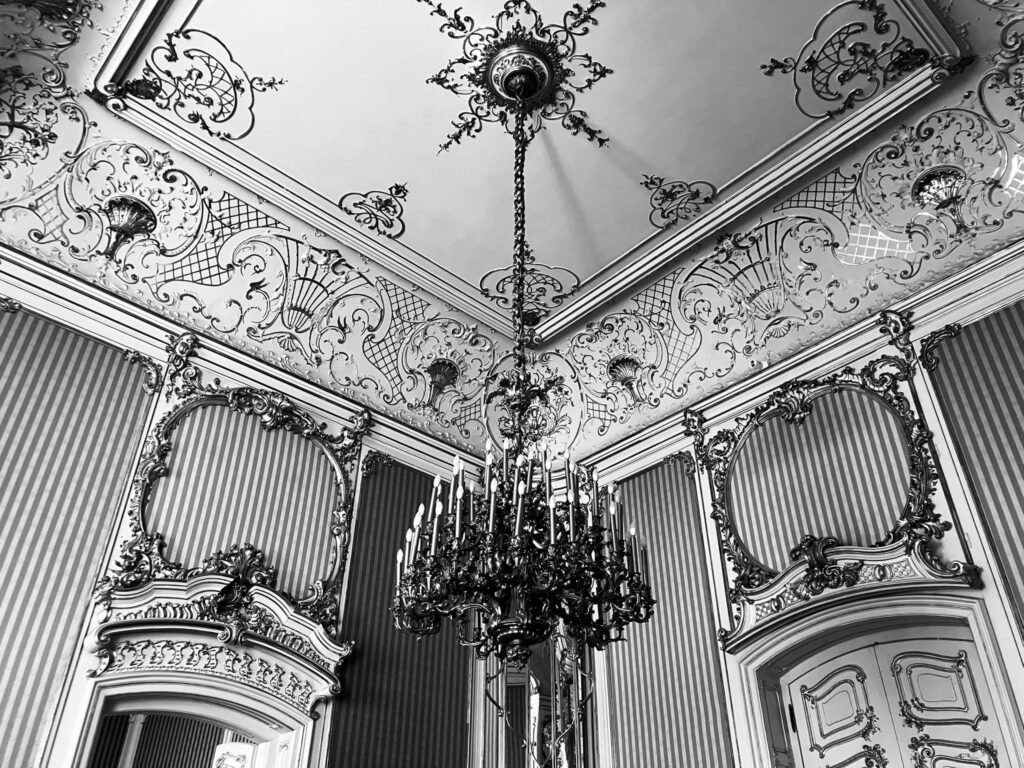
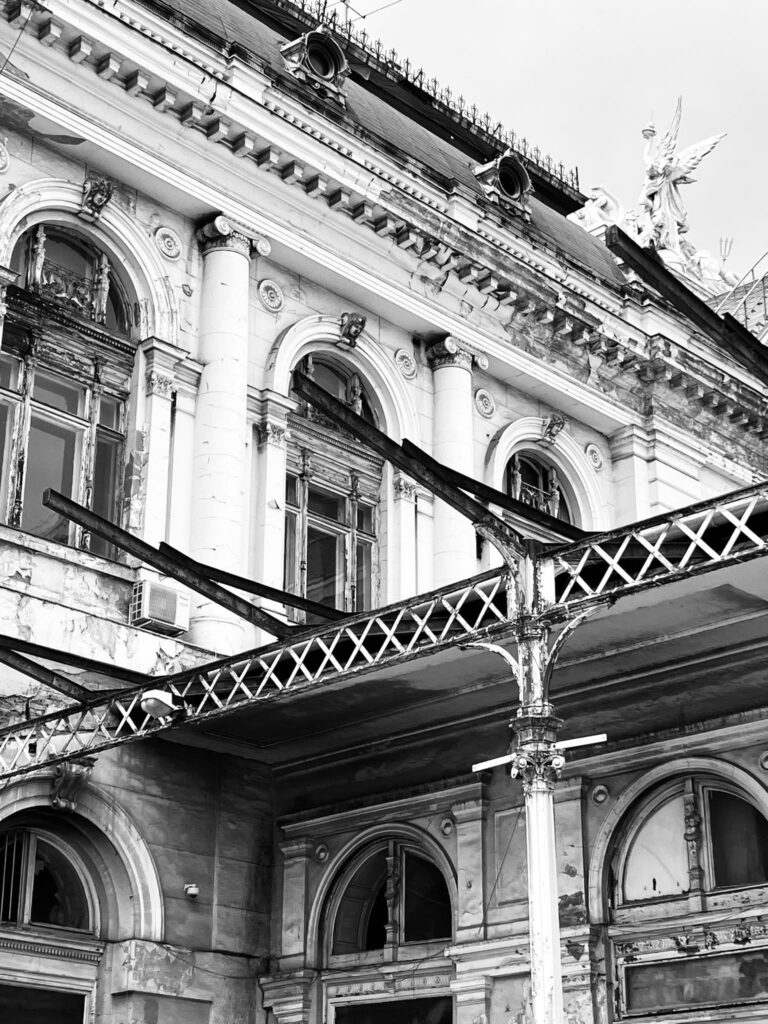
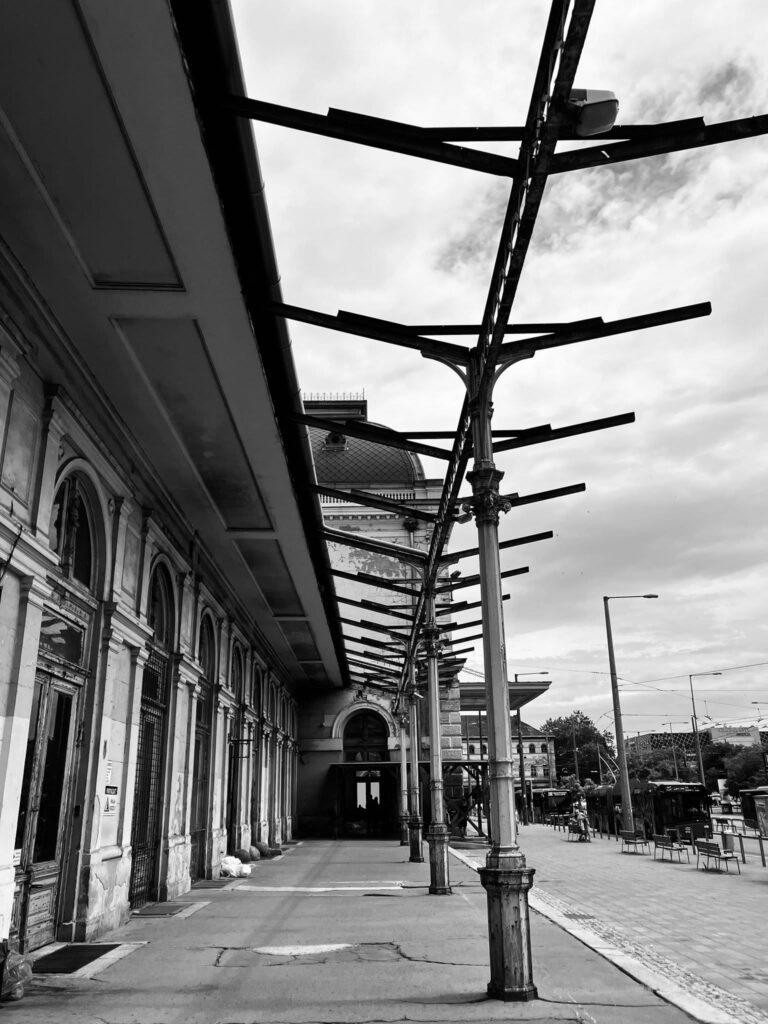
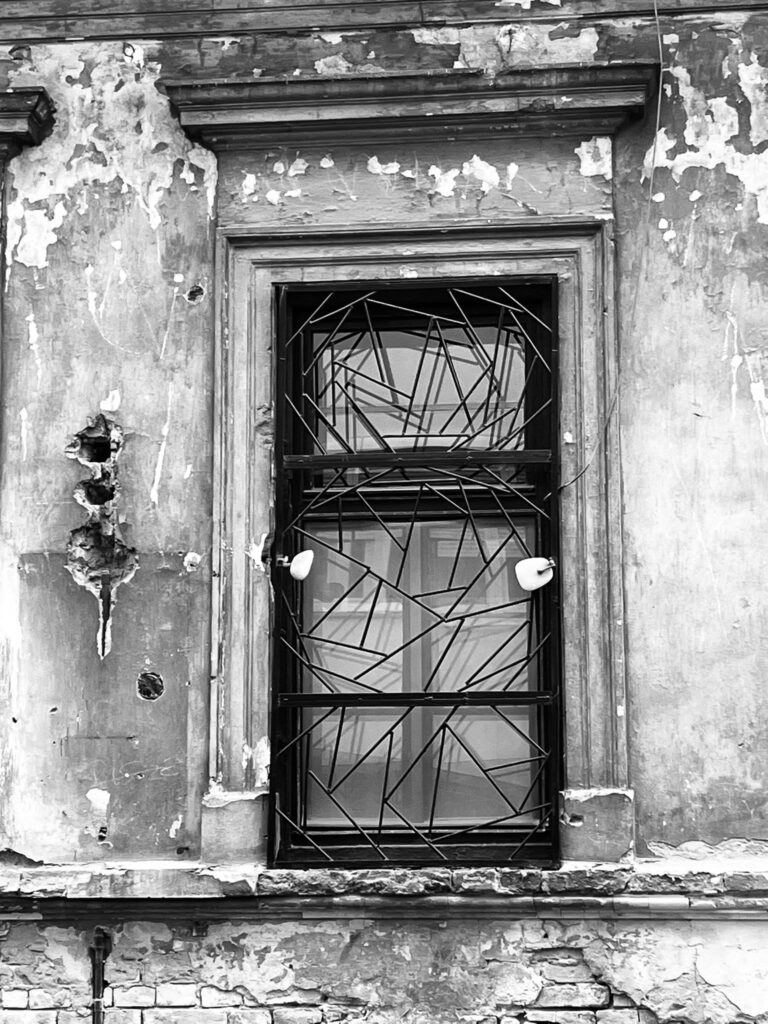
Tagged: Budapest, Persephone Abbott, Prague
